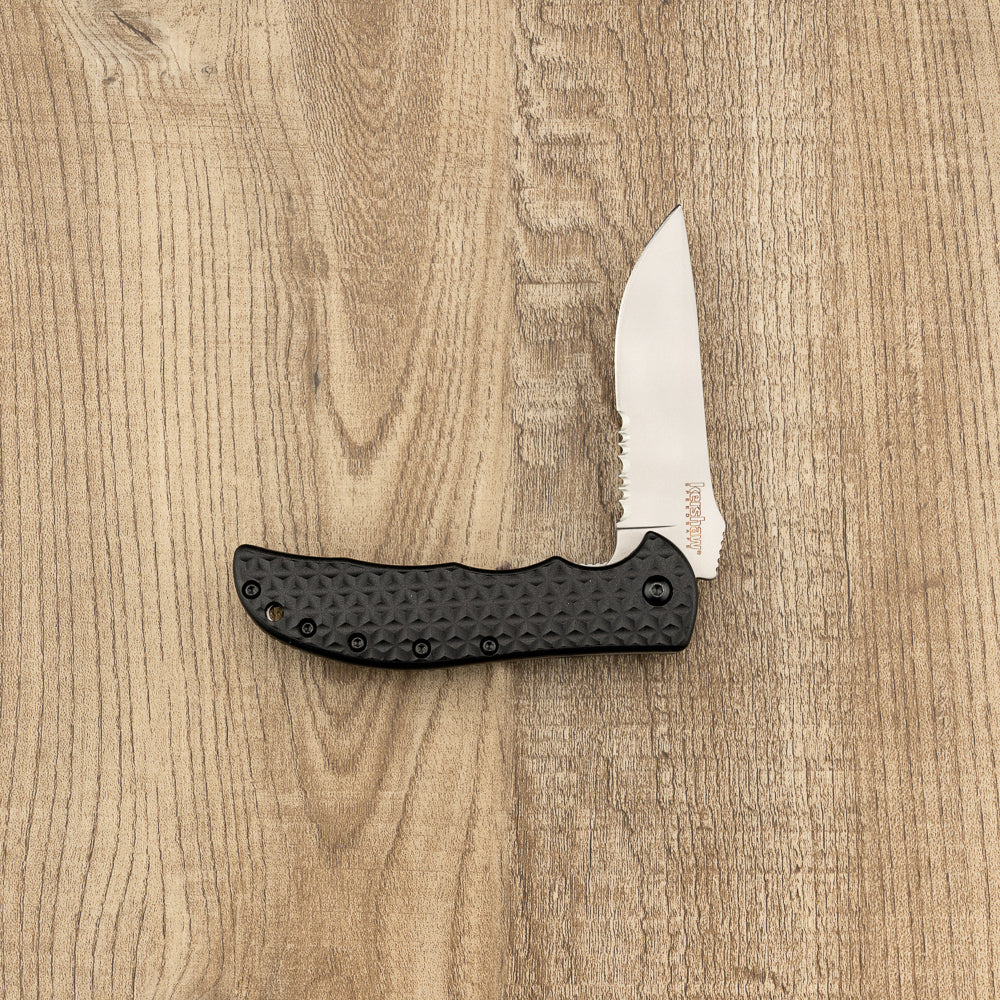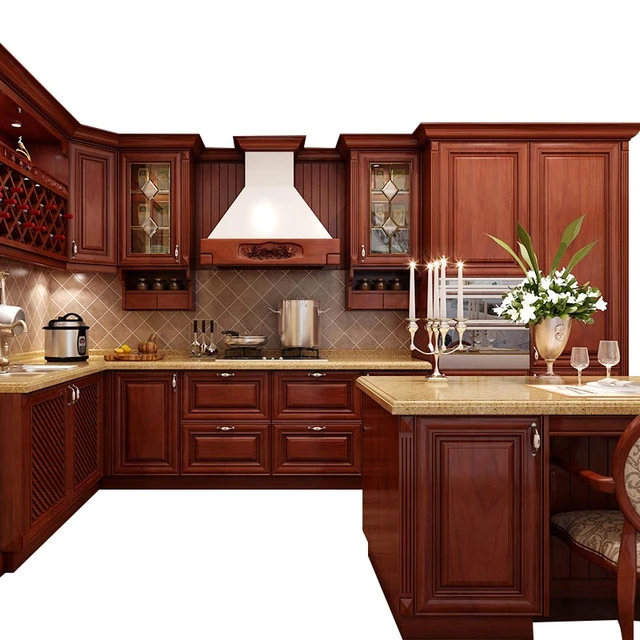 Introduction:
Introduction:
Deciding what color to paint kitchen cabinets can greatly impact the overall look and feel of your kitchen. Whether you want a classic and timeless style or a bold and modern statement, the color of your cabinets can bring the desired ambiance to your cooking space. In this article, we will provide you with a guide to help you choose the perfect color for your kitchen cabinets. From neutral tones to vibrant shades, let’s explore the possibilities and discover how to create a kitchen that reflects your personal style.
Some common materials for kitchen cabinets:
There are various materials used for kitchen cabinets, each with its own characteristics and benefits. Here are some common materials for kitchen cabinets:
Wood:
Wood is a traditional and popular choice for kitchen cabinets. Different types of wood, such as oak, maple, cherry, or birch, can be used. Wood cabinets offer a natural, warm look and can be stained or painted in different colors. Wood is durable, long-lasting, and can be refinished if necessary.
MDF (Medium-Density Fiberboard):
MDF is a composite material made from wood fibers bonded together with resin and compressed under high pressure. It is a cost-effective alternative to solid wood and offers better resistance to warping and cracking. MDF cabinets can be painted in various finishes and styles.
Plywood:
Plywood is made from layers of wood veneers glued together, with each layer’s grain perpendicular to the adjacent one. It is more stable and durable compared to solid wood and less prone to moisture damage. Plywood cabinets can be painted or laminated for added protection.
Laminate:
Laminate is a synthetic material made from layers of paper and resin. It is durable, moisture-resistant, and comes in a wide range of colors, patterns, and textures. Laminate cabinets are relatively easy to clean and maintain.
Thermofoil:
Thermofoil cabinets are made with a vinyl film bonded to a substrate, typically MDF. They offer a smooth, seamless appearance and can mimic the look of painted wood cabinets. Thermofoil cabinets are easy to clean and resistant to moisture and staining.
Melamine:
Melamine cabinets are made with a resin-coated particleboard or MDF core and a melamine laminate surface. They are affordable, low-maintenance, and resistant to heat, moisture, and stains. Melamine cabinets come in various colors and finishes.
Stainless Steel:
Stainless steel cabinets provide a sleek, modern look and are highly resistant to heat, stains, and water damage. They are durable, easy to clean, and suitable for contemporary and industrial-style kitchens.
The choice of cabinet material depends on factors such as budget, desired aesthetics, durability, maintenance requirements, and personal preference. It’s important to consider the pros and cons of each material and select one that suits your needs and complements the overall style of your kitchen.
 Introduction to Choosing Cabinet Colors
Introduction to Choosing Cabinet Colors
Choosing the right color for your kitchen cabinets is an important decision as it sets the tone for the entire kitchen space.
A. Impact on the Kitchen’s Look: The color of the cabinets can influence the kitchen’s overall aesthetic, creating a sense of warmth, elegance, or personality.
B. Coordinating with Other Elements: Consider other elements in your kitchen, such as walls, countertops, backsplash, and flooring, to ensure a cohesive and harmonious design.
C. Personal Style Considerations: Your personal style preferences and the desired ambiance can play a significant role in determining the color of your kitchen cabinets.
Neutral Shades for Timeless Elegance
Neutral shades offer a classic and timeless appeal, providing a versatile and elegant foundation for your kitchen.
A. White Cabinets: White cabinets create a clean and crisp look, brightening up the space while helping it feel open and airy. They work well in traditional, modern, or minimalist kitchen designs.
B. Gray Cabinets: Gray cabinets offer a sophisticated and contemporary feel. Light gray shades provide a soft and serene ambiance, while dark gray hues add a touch of drama and depth to the kitchen.
C. Beige or Cream Cabinets: Beige or cream cabinets exude warmth and versatility. These timeless shades complement a variety of design styles, from traditional to modern farmhouse.
Bold and Vibrant Colors for Personality
For those looking to make a statement, bold and vibrant colors can add personality and visual interest to your kitchen cabinets.
A. Blue Cabinets: Blue cabinets create a calming and refreshing atmosphere. Light blue shades evoke a coastal or beachy feel, while navy blue hues bring depth and sophistication.
B. Green Cabinets: Green cabinets offer a sense of nature and serenity in the kitchen. Soft mint or sage green creates a soothing environment, while vibrant emerald or dark green adds richness and drama.
C. Black Cabinets: Black cabinets create a sleek and striking look, adding a touch of modern elegance to your kitchen. They work best in spacious kitchens with ample natural light.
 Creating Contrast and Balance
Creating Contrast and Balance
The color of your kitchen cabinets can be used to create contrast and balance within the space.
A. Two-Tone Cabinets: Consider a combination of two colors to add depth and visual interest in your kitchen. For example, you can opt for white upper cabinets and darker lower cabinets to create contrast.
B. Contrasting Island: If you have a kitchen island, consider painting it in a contrasting color to make a focal point and create a sense of balance within the space.
C. Accent Colors: Incorporate accent colors through cabinet handles, knobs, or open shelving to add a pop of color and enhance the overall design.
 Considering Trends and Personal Preference
Considering Trends and Personal Preference
While trends can be a source of inspiration, it’s essential to consider your personal style and preferences when choosing cabinet colors.
A. Current Trends: Research current kitchen design trends to gather ideas and inspiration. Keep in mind that trends come and go, so choose a color that you genuinely love and will stand the test of time.
B. Cohesion with Home Decor: Consider the overall style and decor of your home to ensure that the cabinet color complements the rest of your living space.
C. Personal Taste: Trust your instincts and choose a color that resonates with your personal taste and makes you feel comfortable and happy in your kitchen.
Testing Sample Colors
Before committing to a particular cabinet color, it’s always recommended to test sample colors in your kitchen to ensure you’re satisfied with the end result.
A. Paint Swatches: Obtain paint swatches or sample pots of your desired colors and paint small areas of your cabinets to see how they look in different lighting conditions.
B. Observe at Different Times: Pay attention to how the colors appear during different times of the day, as lighting can affect the way colors are perceived.
C. Seek Second Opinions: If you’re unsure about your color choice, seek the opinions of friends or family members who can offer valuable input and perspectives.
 Conclusion
Conclusion
Choosing the right color for your kitchen cabinets can greatly enhance the overall look and feel of your kitchen space. From neutral shades for a timeless and elegant appeal to bold and vibrant colors for added personality, there is a wide range of possibilities to consider. Creating contrast and balance, while taking into account personal style and preferences, will help you achieve the kitchen of your dreams. Remember to test sample colors before making a final decision, ensuring that you’re satisfied with the end result. Embrace your creativity, find inspiration, and trust your instincts as you choose the perfect color for your kitchen cabinets, allowing your personality and design sensibilities to shine in one of the most important spaces in your home.


